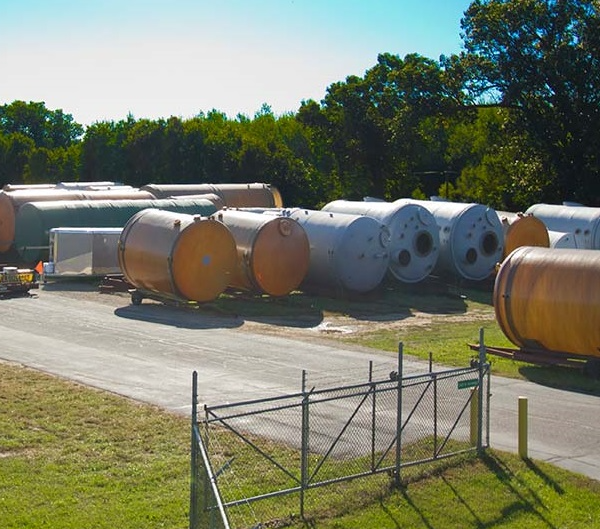
Concrete is one of the most versatile and durable building materials available, widely used in construction projects ranging from residential homes to large commercial structures. The toughness and quality of concrete depend significantly on the mix ratio of its components: cement, aggregates, and water. Among the various grades of concrete, C40 is known for its high resilience and sturdiness, making it suitable for heavy-duty construction projects. Achieving the perfect mix ratio is crucial for ensuring the performance and longevity of your concrete projects.
What is C40 Concrete Grade?
It is a high-strength mix, characterized by a compressive strength of 40 Newtons per square millimeter (N/mm²) after 28 days of curing. This makes it suitable for heavy-duty applications such as structural beams, slabs, columns, and industrial floors. The C40 concrete mix ratio involves a higher proportion of cement compared to lower-strength concrete grades, combined with carefully selected aggregates and water.
Components of C40 Concrete Mix
To achieve the perfect C40 mix ratio, it is essential to understand the role of each component in the concrete mix:
- Cement: The primary binding material that holds the concrete together. Portland cement is the most commonly used type in concrete production.
- Aggregates: These include coarse aggregates (such as gravel or crushed stone) and fine aggregates (such as sand). Aggregates provide volume and stability to the concrete mix.
- Water: Essential for the chemical reaction that allows cement to set and harden. The amount of water used in the mix influences the concrete’s durability.
- Admixtures: Optional additives that can enhance the properties of the concrete, such as accelerators, retarders, plasticizers, and air-entraining agents.
Read More Articles: Common Mistakes Businesses Make When It Comes To Their Cybersecurity Culture
The Ideal C40 Mix Ratio
The mix ratio typically follows a specific proportion by volume. A standard mix ratio can be expressed as follows:
- 1 part cement
- 2 parts sand (fine aggregate)
- 3 parts gravel (coarse aggregate)
- 0.5 part water
Detailed Breakdown
- Cement: The primary component for binding the mix. Ensure the use of high-quality Portland cement.
- Sand: Acts as a filler and enhances the concrete’s workability. Clean, well-graded sand is essential.
- Gravel: Provides bulk and stability to the concrete mix. Use clean, well-graded gravel to achieve optimal results.
- Water: Controls the workability of the concrete. It is crucial to use the right amount of water; too much can weaken the concrete, while too little can make it unworkable.
Steps to Achieve the Perfect C40 Mix Ratio
Measure the Materials Accurately
Accurate measurement of materials is the first step to achieving the perfect C40 mix ratio. Use a measuring container or weigh the materials to ensure consistency in the mix proportions.
Prepare the Mixing Area
Make sure that the mixing area is clean and free from contaminants and use a concrete mixer or a clean, flat surface for manual mixing.
Mix the Dry Components First
Combine the cement, sand, and gravel in the correct proportions. Then, mix the dry components thoroughly to guarantee even distribution.
Add Water Gradually
Gradually add water to the dry mix while continuously mixing. Adding water slowly helps achieve the desired strength without over-saturating the mix.
Mix Until Uniform
Continue mixing until the concrete achieves a uniform consistency. The mix should be smooth and cohesive, with no lumps or dry patches.
Testing the Mix
Once the concrete mix is prepared, it is essential to test its properties to determine that it meets the required standards for the concrete. Two common tests include:
Slump Test
The slump test measures the workability of the concrete mix. It involves filling a cone-shaped mold with concrete, removing the mold, and measuring how much the concrete slumps. A C40 concrete mix ratio should have a moderate slump, indicating good workability without being too wet.
Compressive Strength Test
The compressive strength test involves casting concrete samples and testing their strength after curing for 28 days. The samples should achieve a compressive strength of at least 40 N/mm² to meet the C40 grade requirements.
Read More Articles: How Can Seniors Downsize?
Tips for Optimizing Your C40 Mix
Use High-Quality Materials
The quality of the materials used significantly impacts the strength and durability of the concrete. Always use high-quality cement, clean and well-graded aggregates, and potable water.
Maintain Consistency
Consistency in the mix proportions and mixing process is key to achieving reliable results. Measure materials accurately and follow the same mixing procedure for each batch.
Control the Water Content
Carefully control the amount of water used in the mix. Excess water can weaken the concrete, while insufficient water can make it difficult to work with.
Use Admixtures Wisely
Admixtures can enhance the properties of the concrete, but they should be used judiciously. Follow the manufacturer’s recommendations and test the mix to ensure compatibility.
Ensure Proper Curing
Proper curing is paramount for developing the strength and durability of the concrete. Keep the concrete moist and at an appropriate temperature for at least 28 days to achieve optimal outcomes.
Common Mistakes to Avoid
Inaccurate Measurements
Incorrectly measuring the materials can lead to inconsistent and weak concrete. Always use precise measuring tools and techniques.
Poor Quality Materials
Using substandard materials can compromise the strength and durability of the concrete. Invest in high-quality cement, aggregates, and water.
Read More Articles: IT Support for Startups?
Overwatering
Adding too much water to the mix can reduce the strength of the concrete and increase the risk of cracking. Stick to the recommended water-cement ratio.
Inadequate Mixing
Incomplete mixing can result in uneven distribution of materials, which culminates in weak spots in the concrete. Thus, guarantee thorough mixing until the concrete achieves a uniform consistency.
Insufficient Curing
Failing to cure the concrete properly can significantly affect its sturdiness. Follow recommended curing practices to achieve optimal results.
The Bottom Line
Whether you are working on structural beams, industrial floors, or other demanding applications, mastering the C40 mix ratio will provide you with reliable, robust concrete that stands the test of time. With attention to detail and a commitment to best practices, you can achieve exceptional results in your concrete projects, ensuring both safety and longevity.
Looking for the best C40 concrete for your construction needs? End your research and get in touch with our professionals at Pro-Mix Concrete. We make and customize high-quality concrete according to your project’s demands to fulfill your construction objectives!










